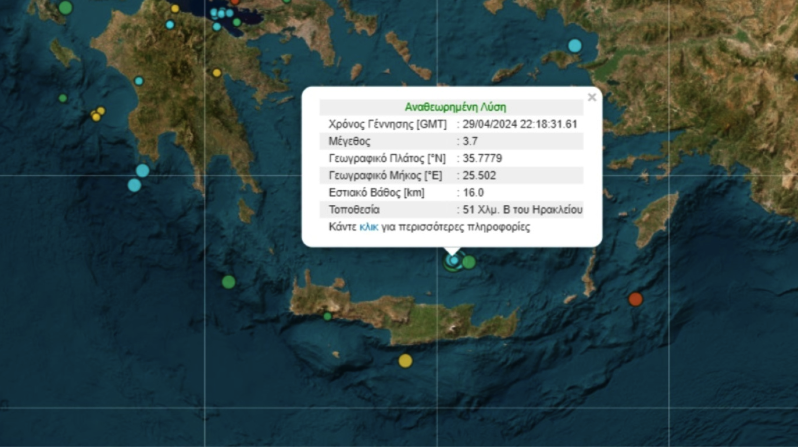About a decade ago, scientists observing clonal raider ants spotted something strange: Although the species is known to be queenless, a few ants were posing as queens of the colony, lording over their hardworking counterparts. These wannabe queens had wing stubs, as well as giant eyes and ovaries.
Researchers had long assumed that these “workerless social parasite” ants, which depend on other workers for survival, acquired these traits one by one, through a series of mutations. But now, scientists have discovered that a single mutation of a “supergene” can turn regular clonal raider ants (Ooceraea biroi) workers into lazy queenlike parasites.
“This was a shocking discovery,” Waring “Buck” Trible(opens in new tab), an entomologist, John Harvard Distinguished Science Fellow and the lead author of the study in which the findings were published, told Live Science in an email. “The clonal raider ant is a queenless ant species, and no winged female adults have been observed in this species previously.”
The pseudo queens are born with wings that they shed as adults, but they retain visible scars. They are the same size as worker ants, but their general indifference to labor such as brood care, foraging and nest defense makes them stand out in the colony.
source livescience.com


































